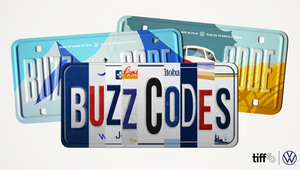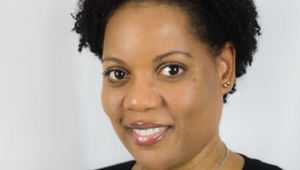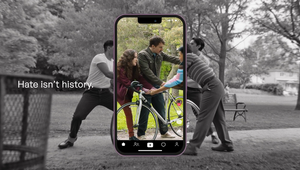
How Your Brand’s Teenage Years Shape Its Identity

Brands are like people, right?
So it seems fitting to say that young brands are like young people.
And, that they too, like teenagers, go through formative years where they’re trying to figure it out, experiment, and find their voice.
When you’re a young, growing brand it’s tempting to be overly controlling and protective of your voice. You want to be as rigid as possible about managing your branching web of guidelines. It will feel counterintuitive to break one of the rules in the overly designed brand ‘bible’ your team just finished. But just like that thing you promised your mom you’d never-ever try in sixth grade, it might open up a whole new world of opportunity and transform your business’ trajectory.
At TAXI, we believe in a long-term approach to creating brand value; this is not to say you should go back on the fundamentals of who you are or not treat each interaction across the journey as an incremental brand-building one. But as one of our clients puts it, you should always take the “low-risk big swings” that come at you.
The relatively low profile that youth usually affords you is the perfect canvas for it. In fact, it’s an underrated asset young brands have compared to their Fortune50 counterparts: you can get away with so much more, without anyone thinking you’re breaking character, externally or internally(!!).
There’s an old saying that you can’t put the genie back in the bottle. Once your brand has established itself in the marketplace, it can be difficult to make significant changes without upsetting your loyal customer base or your many internal stakeholders.
However, there’s one time in a brand’s life when experimentation is not only tolerated, but encouraged – and that’s during its teenage years. During that time, it’s natural for it to start experimenting with its identity. This is the time to try out different looks, voices, and personalities. It’s also the time to take risks and push the boundaries a little bit.
What if brands had fluid identities too?
All the kids are doing it after all.
Increased access to microcultures has changed the ways we formulate and articulate our identities. There’s more freedom to experiment and people are pushing back on old identity-signifiers, which is giving place to multiple forms of self-expression and more fluid identities. From using genderless pronouns to avatars, sticking to the same identity everywhere you go is no longer a prerequisite to social acceptance.
Brands should be afforded the same freedom.
Now I’m familiar with the data behind brand consistency and I’m aware of the compound effect each impression can make, so I’m not advocating against guidelines. They rightly exist to prevent massive errors of judgment by people who might not know better and prevent the wrong kind of chaos with your biggest non-fungible asset: your brand. So stick to the big picture of what you want to stand for and don’t cross any obvious red lines … but overall, as you’re growing, it’s okay to let go of stiff brand rules that were written mere quarters ago in the interest of what might be.
Maybe have a go at the biggest player in the category if you have something interesting to call them out about, even if one of your tone-of-voice attributes is ‘always positive’.
Or acknowledge that weird thing teens are doing with your product, even if it’s not part of your CX roadmap (not you, Nyquil).
Or crack that joke on Twitter when your community manager comes up with a snot-inducing retort, even if you’re only supposed to be ‘witty’.
Basically, try it out and question if a rule that was written not so long ago should prevent you from experimentation. It could bring untold riches to your brand both in terms of learning who you might be but also discovering opportunities you would’ve never found had you stuck to your beautifully designed and worded PowerPoint.
The teenage years can be a tough time, but long-term studies show that the traits that appear in our teenage years are predictive of a wide range of outcomes in life, including academic success and risk of unemployment. The same applies to brands, so we ought to pay at least as much attention to helping nurture their personalities during that time.
As the headwinds of inflation start eroding many a marketing budget, teenage years might get even tougher. But they can also be a time of great growth, for those not afraid to be a teenager and take those low-risk big swings.
It might just be what your brand needs to come out the other end even stronger.
---
Rafik Belmesk is head of strategy at TAXI








